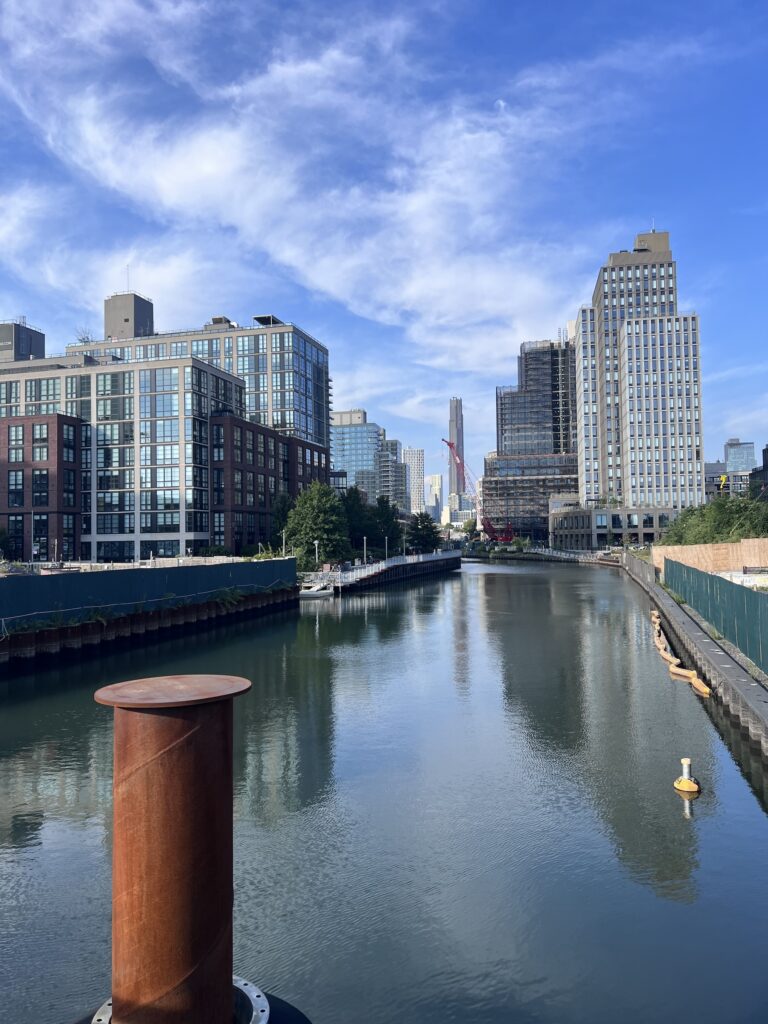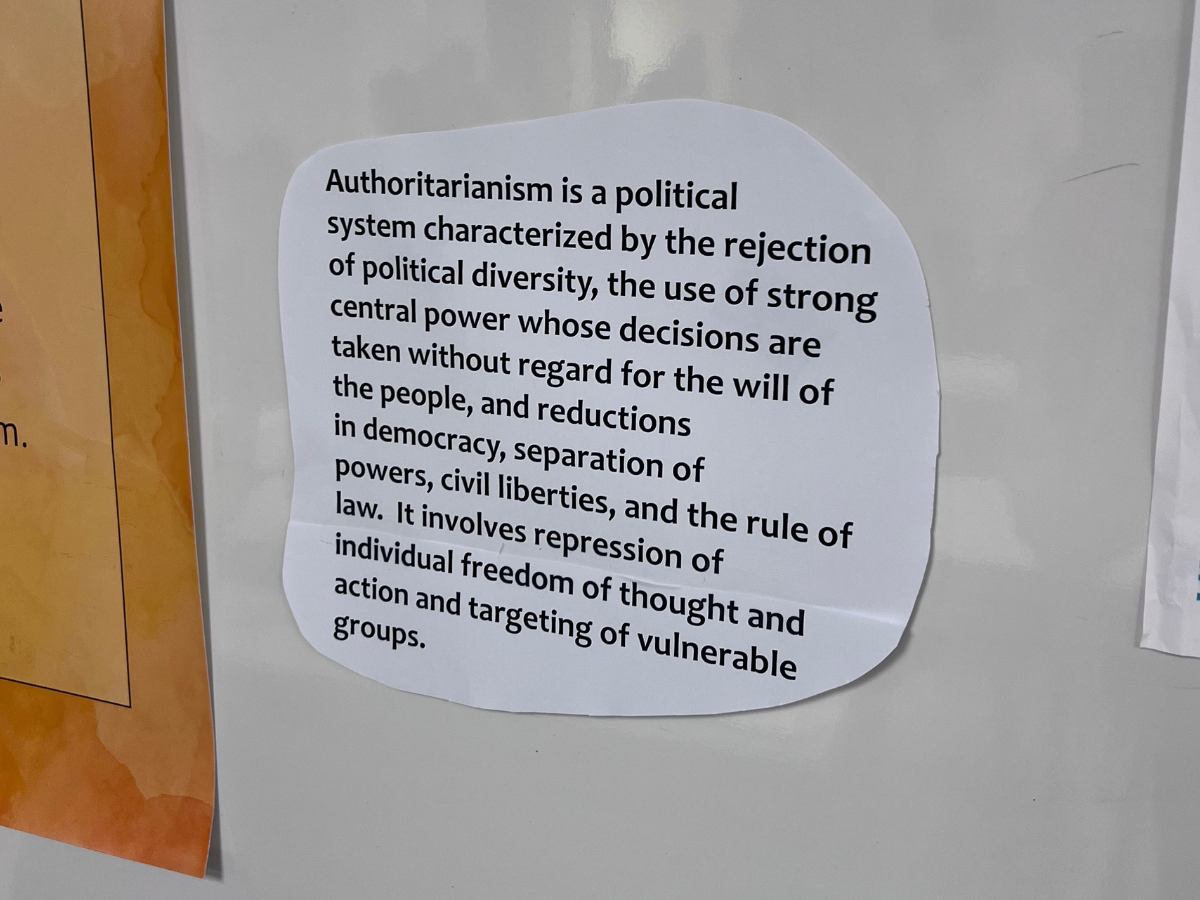BROOKLYN, NY — The Gowanus Canal, a historically toxic waterway bordering Red Hook, Cobble Hill, and Gowanus, could soon be reclassified as swimmable, according to a plan from the New York State Department of Environmental Conservation (DEC).
The DEC’s proposal, prompted by a 2024 petition from the Gowanus Community Advisory Group (CAG), would require the state to improve the canal’s water quality.
“Through a series of regulatory advancements, DEC is ensuring that the goals of the Clean Water Act — making waters fishable and swimmable — are realized to their fullest potential,” DEC Public Information Officer John J. Salka wrote in an email on September 12.
Currently classified as Class SD, which supports fishing, the proposal seeks to reclassify the canal as Class SC, a higher ranking that supports “secondary contact recreation” activities such as wading, boating, and swimming.
But an increased classification doesn’t mean locals can expect to swim in the canal anytime soon. For decades, untreated industrial waste and raw sewage have made the Gowanus one of the nation’s most polluted waterways. In 2009, the Environmental Protection Agency declared it a federal Superfund site, making it eligible for long-term cleanup.
“A lot of clean up needs to happen before we would want to swim in the Gowanus,” said Erica Eliason, a member of the CAG. “If the canal has a higher classification, then the water quality will have to meet those standards.”
CAG members have pushed for an even higher classification, from SD to SB, the second-highest ranking in the state, which would mandate stricter cleanup.
“We want the city and state to have to go above and beyond,” said Em Ruby, advocacy and policy coordinator with Riverkeeper, who is also a CAG member. “We’re concerned that we won’t be able to legally enforce the city meeting swimming water quality standards under the SC classification.”
Currently, the overloaded sewer system discharges about 363 million gallons of combined sewer overflows (CSOs) — stormwater and untreated sewage that discharges after rain — into the canal each year. Before it’s considered swimmable, Ruby says CSOs must be reduced to zero.
“That, combined with a robust Superfund remedy and post-monitoring, as well as upland cleanups, would get us to a place where the Gowanus could be safe for swimming,” Ruby said.
For locals, the thought of swimming in the canal, even after cleanup, still raises doubts.
“I would never take a swim in the canal,” says Shawn Waite, who has lived in the area for eight years. “The history of the canal is not the greatest. It’s just not for humans to be in there.”


